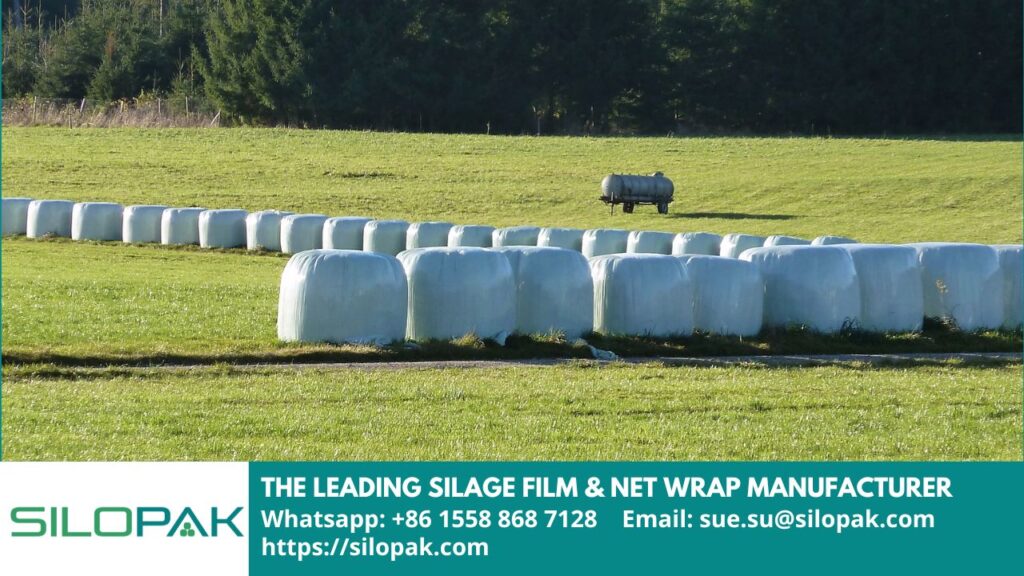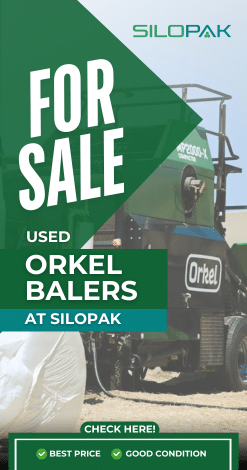
Feed spoilage is a condition in which the quality of feed deteriorates, making it unfit for consumption by livestock. This problem can cause significant economic losses for farmers and livestock producers, and it has the potential to pose health risks to animals. Understanding the causes, signs, and impacts of feed spoilage can help farmers take the right preventive measures. Let’s explore further.
contents
Causes of Feed Spoilage
Several factors contribute to feed spoilage:
Growth of Microorganisms
Microorganisms such as bacteria, fungi, and yeast are the primary culprits. These organisms thrive in warm, humid conditions and the presence of organic substrates (feed). Bacteria like Clostridium and Bacillus can cause decay and produce toxins. Fungi such as Aspergillus and Penicillium produce mycotoxins that are harmful to animals. Yeast can cause fermentation, altering the structure and nutritional content of the feed.
Improper Storage
Inadequate storage conditions, such as exposure to moisture, sunlight, or fluctuating temperatures, can accelerate spoilage. High humidity creates an ideal environment for microorganism growth, while extreme temperatures can damage feed structure and promote microbial growth. Contact with air can cause oxidation and nutrient degradation. Excessive sunlight can also cause heating and vitamin degradation.
Improper Harvesting and Processing
Damage during harvesting or processing can provide entry points for microorganisms. An imperfect grinding process can increase the feed’s surface area, making it more susceptible to contamination. Incorrect pressure and temperature during pelleting can also damage feed structure, reducing its resistance to spoilage.
External Contamination
Insects such as beetles and fleas can carry microorganisms and damage feed. Rodents like rats and shrews can contaminate feed with urine and feces. Oxidation or exposure to oxygen can lead to nutrient degradation and rancid odors.
Inherent Properties of Feed
Certain inherent properties of feed can facilitate spoilage. For example, feed with high moisture content is more prone to spoilage. Feed rich in protein and carbohydrates is more susceptible to fermentation. Additionally, small feed particles typically have a larger surface area, making them more vulnerable to contamination.
Signs of Feed Spoilage
Recognizing the signs of feed spoilage early is crucial to prevent negative impacts and greater losses. Common indicators include:
Visual Signs
- The appearance of white, green, black, or other colored mold or fungus on the surface or throughout the feed.
- Feed changes color to darker shades, grayish tones, or shows colored spots.
- The texture of the feed becomes more moist, slimy, or lumpy.
- The presence of insects or pests like beetles, lice, or mice in or around the feed.
Olfactory Signs
- The feed emits an unpleasant odor, such as musty, sour, or rotten smells.
- A strong ammonia odor indicates the breakdown of protein by bacteria.
Other Signs
- Livestock are reluctant to eat the feed due to changes in texture or taste, making it less palatable.
- There is a decrease in animal performance, such as slow growth, reduced milk production, or the appearance of disease symptoms, as spoilage reduces the feed’s nutritional value.
Impact of Feed Spoilage on Animal Health and Productivity
Feed spoilage not only results in material losses for farmers but also significantly impacts livestock health and productivity. Negative impacts include:
- Economic Losses. Spoiled feed represents a direct loss for farmers.
- Decreased Animal Performance. Animals consuming spoiled feed may experience slower growth rates, lower milk production, and reduced feed efficiency.
- Health Risks. Spoiled feed can contain harmful mycotoxins that pose health risks to animals, such as liver damage, reproductive issues, and weakened immune systems. Pathogenic bacteria that develop in spoiled feed can cause infectious diseases and digestive disorders.
- Environmental Contamination. Spoiled feed can contaminate water and soil sources, leading to environmental pollution.
Feed Spoilage Prevention
To prevent spoilage, farmers can implement the following strategies:
- Proper Storage: Store feed in a cool, dry, and well-ventilated place.
- Fast Drying: Ensure harvested crops are properly dried to reduce moisture content. Use sunlight or drying machines for faster and more even results.
- Aeration: Regularly aerate stored feed to prevent mold growth.
- Pesticide Application: Use appropriate pesticides to control insect infestations.
- Feed Additives: Add antimicrobial feed additives to inhibit microorganism growth.
- Periodic Inspection: Regularly check feed for signs of spoilage.
In addition to preventive measures, promptly addressing signs of spoilage and implementing technology to protect feed quality is crucial to optimizing livestock health and productivity. One recommended solution is using silage film and bale net wrap from Silopak. As a trusted manufacturer, Silopak focuses on preserving the nutritional value of silage, feed mixes, straw, and corn. Their products, made from selected premium resins, are renowned for withstanding extreme weather conditions, making them market leaders over the past decade.

